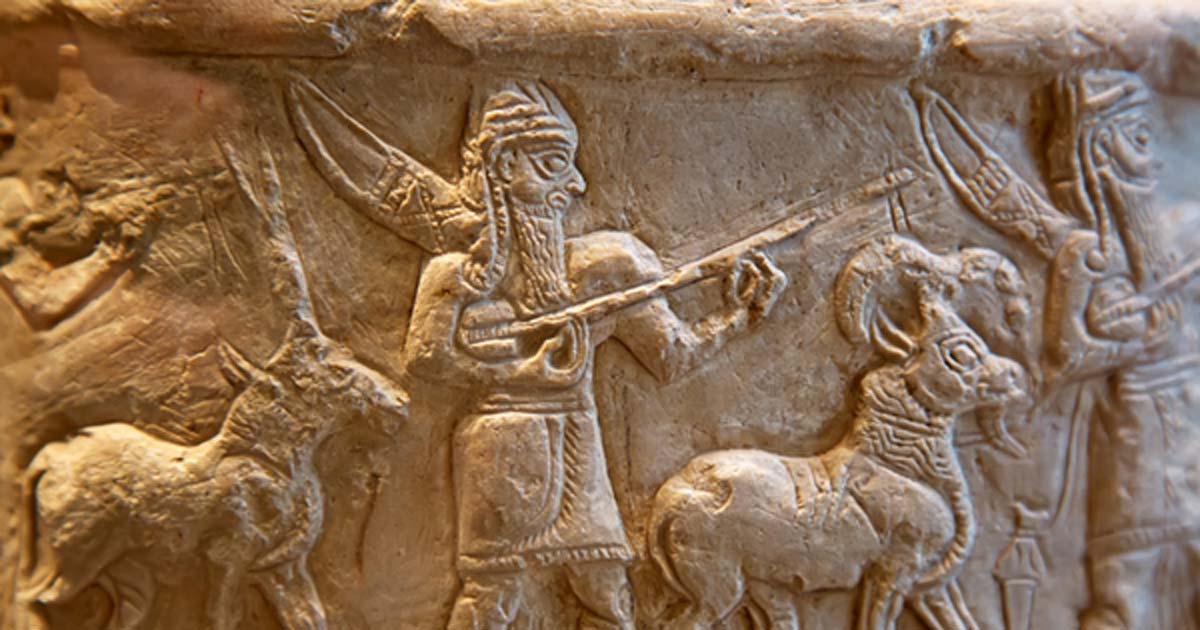Long before the pyramids of Egypt or the grandeur of Rome, the Sumerians laid the foundation for what we now recognize as civilization. Emerging around 4500 BCE in southern Mesopotamia, in present-day Iraq, the Sumerians developed the world’s first known writing system—cuneiform—transforming communication and record-keeping. Their city-states, such as Uruk and Ur, were marvels of urban planning, featuring ziggurats, complex irrigation systems, and codified laws that influenced subsequent cultures. These innovations underscore the Sumerians’ profound impact on human development.
The Sumerians’ advancements extended beyond infrastructure and governance. They made significant strides in mathematics, astronomy, and literature. Their sexagesimal (base-60) number system is the reason we have 60 seconds in a minute and 360 degrees in a circle. Epic tales like the “Epic of Gilgamesh” not only provide insights into their worldview but also represent some of the earliest known literary works. These contributions highlight the Sumerians’ role as intellectual pioneers, whose legacy permeates various aspects of modern life.
Despite their remarkable achievements, the Sumerians faced challenges that led to their decline. Environmental factors, such as salinization of agricultural lands due to over-irrigation, weakened their food production. Additionally, internal strife and invasions by neighboring Akkadians and later Babylonians eroded their dominance. By around 2000 BCE, Sumerian city-states had lost their autonomy, absorbed into emerging empires. Nevertheless, their innovations endured, influencing successive civilizations and cementing their place as architects of human progress.







